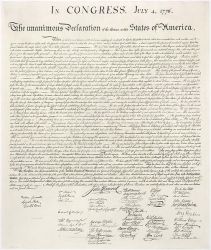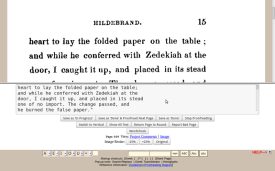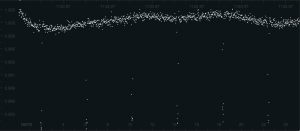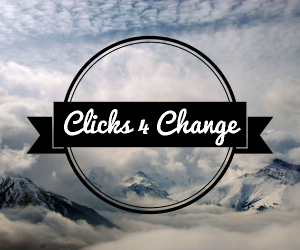
The fact this blog tries to point out is that you, as a person in the twenty-first century, have a lot of free time on your hands, time you can easily use to change the world. Though you are probably busy with work or school, you likely indulge yourself in the few moments each week when you have nothing to do. Perhaps you read, watch TV, play a sport, or volunteer, but you also likely spend several hours each week playing video games. Whether a console or mobile game, we all do it, myself included.
However, I am not here to lecture about society or be a technology pundit, instead I am here to tell you about how you can change the world in simple ways. With that in mind, let me introduce the concept of gamification.
For most people outside of the academic world, major science is still being done by geniuses in lab coats at work benches. Though that is still true in some respect, science is quickly leaving the lab, and an important catalyst of this change is the skyrocketing size of researcher’s data sets. With more and more data being collected by scientists and a huge amount of untapped potential to be had, the lab coaters are gamifying their data analysis tools into digital games and leaving the analysis to the public.

This is being done with impressive results too. The first citizen science project I contributed to, arguably the jumpstarter of this blog, is a project called Cell Slider. The project, which launched in October 2012, hopes to discover personalized treatment for those diagnosed with cancer.
Though I will not go into the science behind the research (if you want, you can read about it here) the task at hand is incredibly simple. In short, cancer trials in the UK have produced millions of images of cancer cells, some of which are stained neon blue, due to the present of estrogen receptors. All you need to do is estimate the number of cancer cells and the percent of them that are stained. With that simple task, your contributions, when combined behind-the-scenes information, are able to discover potential personalized treatments for cancer patients. The project’s first data set required over 2.5 million of these classifications and the second data set still needs your help! Go to www.cellslider.net to help out now.
Though if you are looking for something a little bit more engaging and portable, there is room for your help too. Last year the researchers at Cancer Research UK realized that the easiest way to get their cause to the people is that same way that brought you Angry Birds and 2048. Yes, that’s right: an app.
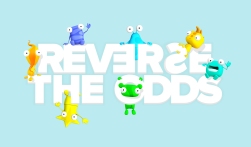
Reverse the Odds is a free level-based puzzle game, not unlike Candy Crush, where to play levels, instead of paying ridiculous fees, you classify a cell slide. Since last fall, nearly 3.5 million slides have been analyzed this way. Who would have thought that mobile games would be the next big step in the fight against cancer? Certainly not me, but le us face it: apps are addicting. So go use that craving to tap your device screen and gain some imaginary points to fight cancer and change the world, rather than to shoot birds at things!
The app for Apple devices can be downloaded here, for Android here, and for Amazon devices here. Plus, if Reverse the Odds is leaving you with a hunger for being more awesome, Cancer Research UK’s another cancer fighting game, Play to Cure: Genes in Space, can be downloaded for Apple here and for Android here.
Though if fighting cancer from your couch is not your thing, follow us below to hear about other amazing, simple ways you can change the world.


